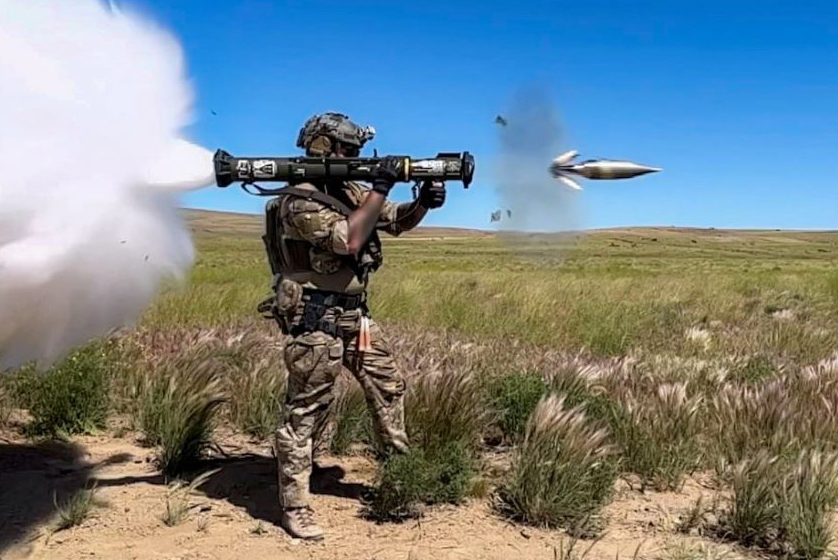One strategy for decreasing the impacts of subconcussions on performance is to maximize the time between exposures.
Subconcussions cause subtle neurotrauma. Maximizing time between exposures gives the brain time to heal and decrease the neuro-inflammation caused by the subconcussive hits.
In combat situations this is often uncontrollable but should be optimized in training structure.
Leaders who optimize training structure to decrease the impact of subconcussions can create a higher performing and ready force.
Those who ignore the impact of repeated subconcussions will have team members with reduced reaction times, decreased long-think ability (processing of information), and an increased risk of injuries such as ankle sprains. [1-2]
This is where knowing the 4 Subconcussive Exposures is vital for leaders and individuals to optimize effectiveness of this strategy.
- Direct hits
- Coup contrecoup
- Blast
- Oxygen deprivation
In the tactical community exposures to all 4 is likely during training. We don’t want to structure training to replace one mechanism with another.
For example, if trying to reduce subconcussive blast exposures we don’t want to go expose those individuals to direct hit and coup contrecoup impacts instead and consider that a “rest” day.
There is a dichotomy of training to maintain readiness and reducing subconcussive impacts, but there is a sweet spot where doing both can elevate performance.
It is important to note that we do not know the optimal time between exposures and that it will vary because not all impacts are necessarily created equal.
But there is a huge opportunity for leaders who take this seriously and apply this information to create an even higher performing and lethal force.
Particularly because the bar for what is possible for performance continues to be elevated and this is an untapped but vital area to create an even greater performance edge.
References:
- Black, S. E. (2018). Effects of recurrent subconcussive head impacts on balance control in contact-sport athletes (Doctoral dissertation).
- Sajja, V. S. S. S., LaValle, C., Salib, J. E., Misistia, A. C., Ghebremedhin, M. Y., Ramos, A. N., … & Kamimori, G. H. (2019). The role of very low level blast overpressure in symptomatology. Frontiers in Neurology, 10, 891.
